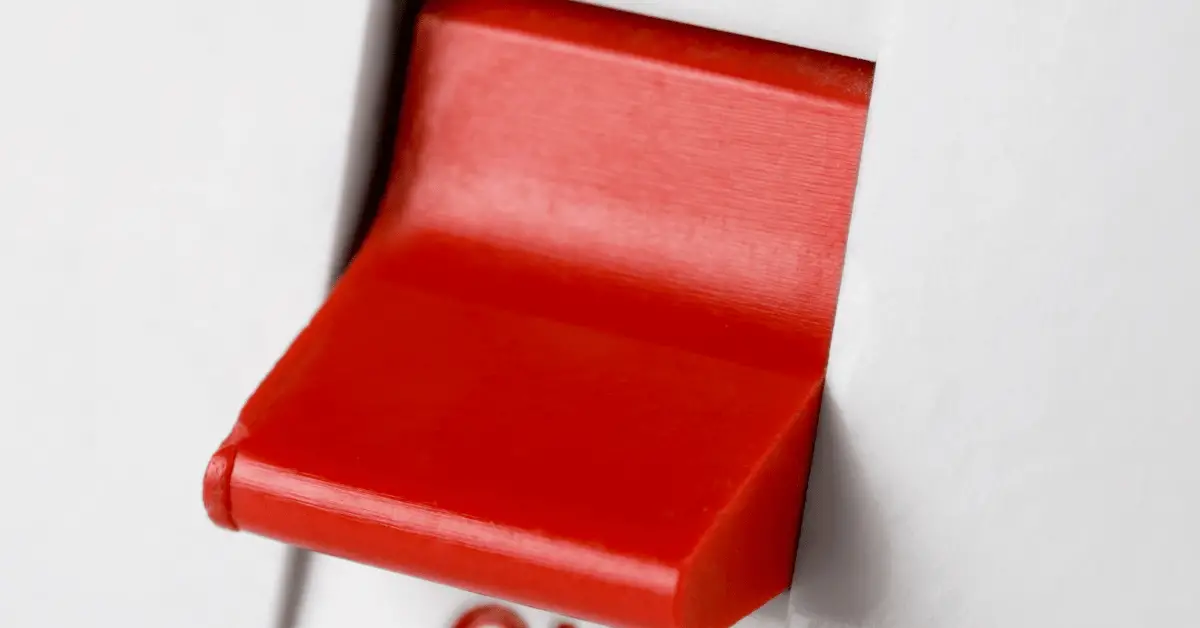Projectors have become an integral part of various settings, including classrooms, offices, and home theaters. However, when it comes to operating projectors, a common concern arises: Is it bad to turn a projector on and off several times a day? Whether it’s due to intermittent usage or the need to conserve energy, many users wonder about the effects of frequent power cycling on projector performance and lifespan. In this article, we will explore the impact of turning a projector on and off multiple times throughout the day. By understanding the potential risks and implementing best practices, you can ensure optimal projector performance and prolong its lifespan while meeting your specific needs.
Table of Contents
Is It Bad To Turn A Projector On/Off Several Times A Day?
Projectors have become an indispensable tool in various environments, providing immersive visual experiences for presentations, movie screenings, and gaming. However, there is a common concern among projector users regarding the frequency of turning the device on and off throughout the day. Is it detrimental to the projector’s performance and longevity? In this article, we will delve into the effects of frequently powering a projector on and off, exploring both the potential risks and best practices to ensure optimal performance and prolong the lifespan of your projector.
Thermal Stress and Lamp Life:
When a projector is turned on, it generates heat as the lamp produces light. Powering off the projector dissipates the heat gradually. However, frequent power cycling can subject the projector’s lamp to thermal stress. Rapid temperature changes can negatively impact the lamp’s lifespan and overall performance. Additionally, power surges during startup can further strain the lamp.
Solution:
- Avoid unnecessary power cycling by planning your usage sessions in advance.
- If there are breaks between usage, consider keeping the projector on standby rather than turning it off completely.
- Use a power conditioner or surge protector to safeguard against power fluctuations.
Lamp Warm-up and Cool-down:
Projector lamps require time to warm up and cool down properly. Frequent on/off cycles can disrupt this process, potentially affecting the stability of the lamp’s brightness and color accuracy. Rapid warm-ups and cool-downs can also impact the projector’s overall internal components.
Solution:
- Minimize unnecessary power cycling by consolidating your usage sessions, if possible.
- When turning off the projector, allow it to go through the recommended cool-down period before unplugging or restarting it.
Fan Wear and Tear:
Projectors employ internal cooling systems, including fans, to regulate temperature during operation. Frequent on/off cycles can accelerate fan wear and tear, reducing their efficiency and potentially leading to overheating issues.
Solution:
- Be mindful of unnecessary power cycling and try to minimize it.
- Allow the projector’s cooling fans to run for a few minutes after turning off the device to ensure proper cooling.
Power Supply Stability:
Powering a projector on and off frequently can place strain on the power supply and electrical components. Power surges during startup or sudden power fluctuations can affect the projector’s functionality.
Solution:
- Use a high-quality power source with stable voltage to minimize potential risks.
- Consider using a voltage regulator or uninterruptible power supply (UPS) for added protection against power surges or fluctuations.
Energy Consumption:
Frequent power cycling may be driven by the desire to conserve energy. While turning off the projector when not in use can save power, the energy consumed during startup can offset these savings. Projectors are designed to be left on for extended periods to ensure optimal performance.
Solution:
- Evaluate your usage patterns and determine if long breaks between usage sessions justify the energy-saving benefits of frequent power cycling.
- Consider using energy-saving features or eco-mode settings on your projector to reduce power consumption during periods of inactivity.
Conclusion
Turning a projector on and off several times a day can have implications for its performance and lifespan. While it is advisable to minimize unnecessary power cycling, the specific impact will depend on various factors such as the projector model, lamp type, and usage patterns. By adopting best practices, including consolidating usage sessions, allowing proper warm-up and cool-down periods, and using stable power sources, you can mitigate potential risks and ensure optimal performance while maximizing the lifespan of your projector. Always refer to the manufacturer’s guidelines and recommendations for specific power cycling considerations pertaining to your projector model.

